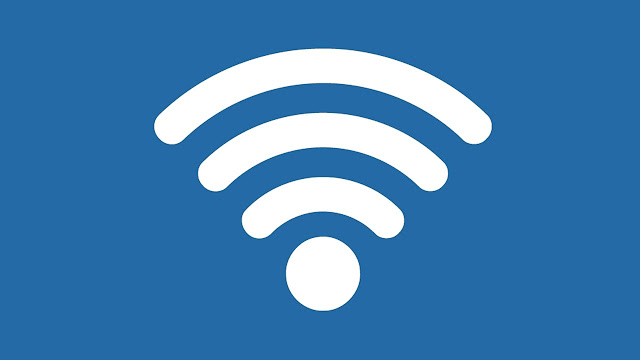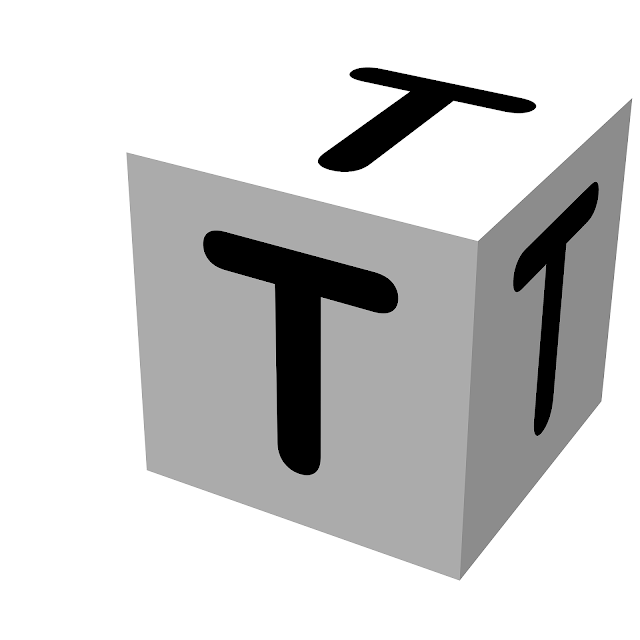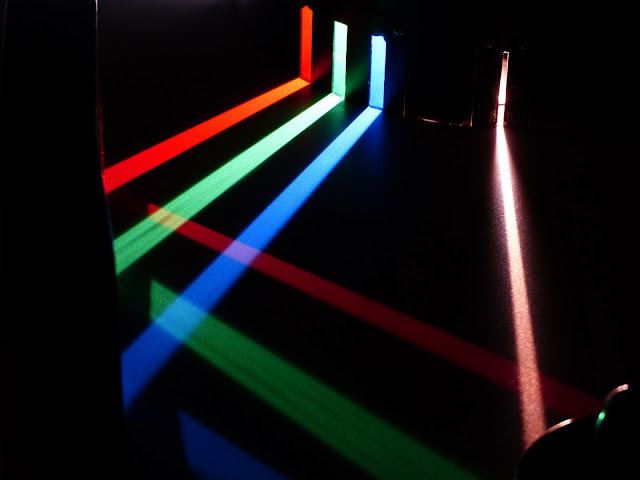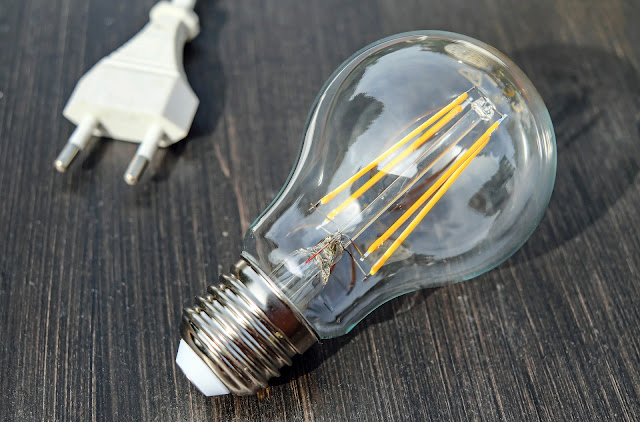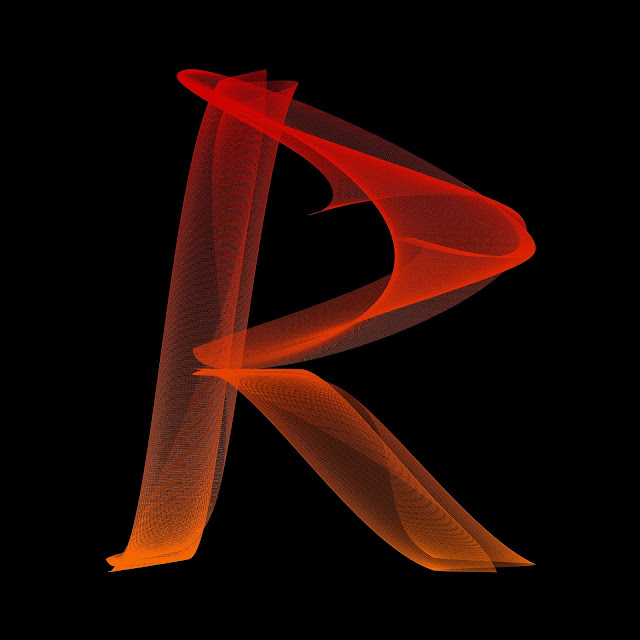We've been talking a lot about data acquisition and other related fields, and here's an overview of where and why are data loggers actually used.
Where are data loggers used?
Data loggers are used for a wide range of applications in many industries worldwide. These include, for example:- Environmental research into climate change, weather patterns, seasonal changes, wildlife habitats, oceans and rivers.
- Building/facilities/energy efficiency management: monitoring power usage, heating, ventilation and air conditioning systems in houses, schools, offices, warehouses, industrial premises and museums.
- The preparation, storage, transportation and display of food.
- Laboratories and healthcare: sterilisation processes, cryogenic applications, and environmental controls; in the transportation of vaccines, blood products, organs and medical equipment; and for medical storage in fridges, freezer and culture rooms.
- Logistics industry: monitoring temperature and humidity during storage and transportation and throughout the cold chain (including HACCP compliance).
- In agriculture, horticulture and livestock rearing: monitoring growing, storage, transportation and animal health conditions.
- Composting process monitoring.
- Manufacturing, including process applications, environment/processes, energy and facilities management.
- Museums and galleries: display and transportation of sensitive items; artefacts and archives monitoring.
Why are data loggers required?
Data loggers are required for a multitude of reasons, frequently to ensure compliance with industry-specific regulations, and quality and environmental control procedures. They also help to save costs through energy efficiency/environmental management or reducing wastage of non-compliant or damaged goods.Here are some practical examples:
- The food industry EC Directive 92/1 indicates that any organisation involved in the preparation, storage or transportation of food should be able to verify that the temperatures have been maintained at the specified levels (Due Diligence). Data logging can give total traceability from initial preparation through to delivery at the final destination.
- Data loggers help ensure compliance with WHO recommendations that vaccines are regularly monitored and kept within a temperature range of +2 to +8°C during storage and transport and until the point of administration. In the compost industry, data loggers assist in achieving stringent environmental regulations, including BSI PAS 100: 2005, requiring compost processes temperatures to be monitored and recorded accurately.
- Energy, temperature and RH data loggers can be useful tools in helping organisations monitor energy consumption in line with ESOS, ISO 50001, and other energy management requirements.
- Accurate environmental monitoring helps companies ensure that HVAC systems are used to maximum advantage, ensuring the wellbeing of occupants and keeping energy use and costs to a minimum.
- Carbon dioxide data loggers help to verify that HVAC systems are performing correctly, and can help with adhering to BB101 recommendations concerning ventilation and CO2 concentrations in school buildings. HM Government Building Regulations state the importance of controllable ventilation in maintaining indoor air quality and avoiding energy wastage, and highlight the use of CO2 detectors as one means of achieving this.



